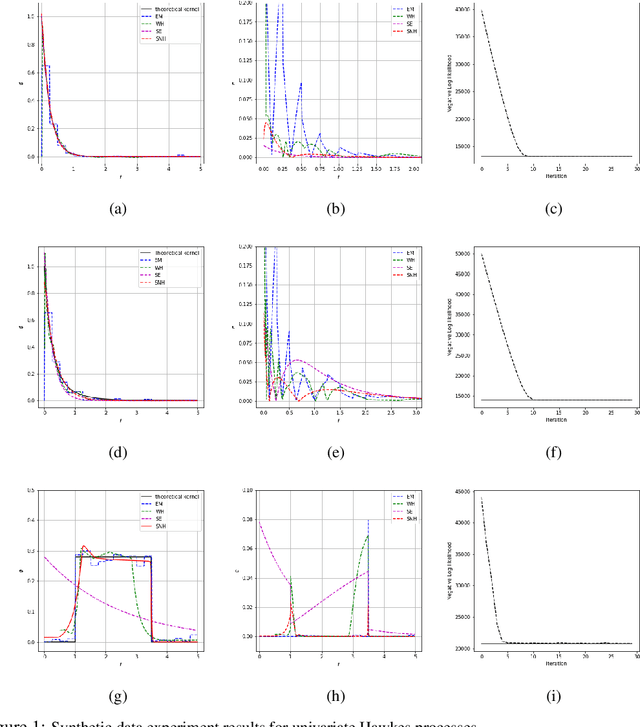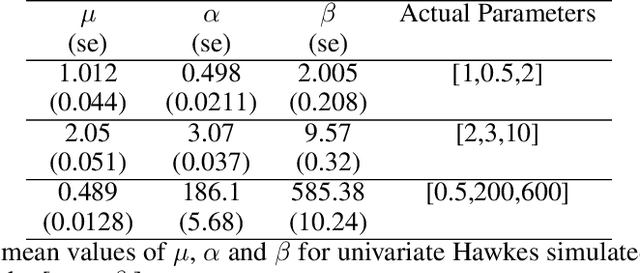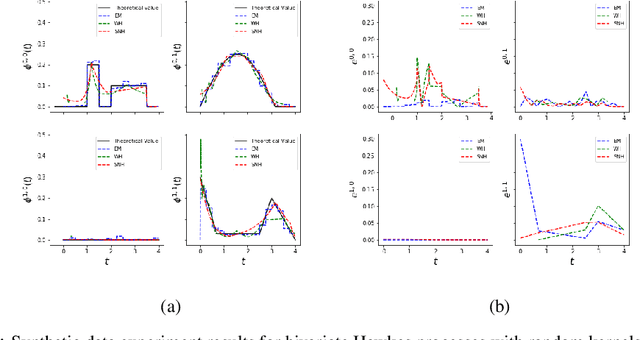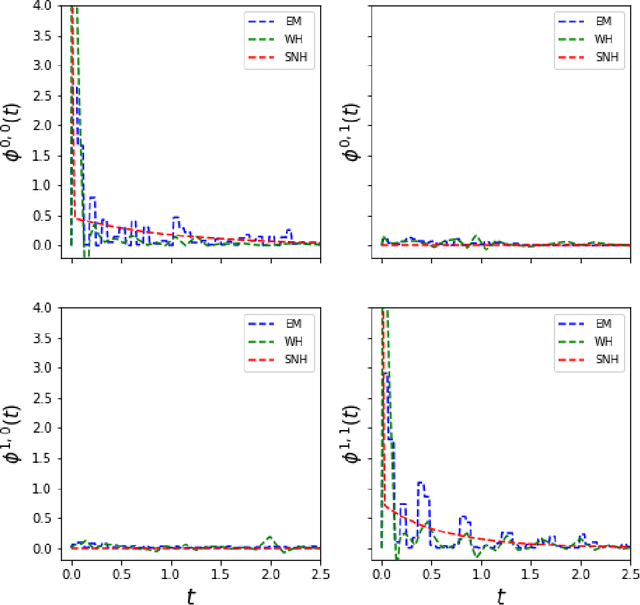Lekhapriya Dheeraj Kashyap
PyDCM: Custom Data Center Models with Reinforcement Learning for Sustainability
Oct 15, 2023



Abstract:The increasing global emphasis on sustainability and reducing carbon emissions is pushing governments and corporations to rethink their approach to data center design and operation. Given their high energy consumption and exponentially large computational workloads, data centers are prime candidates for optimizing power consumption, especially in areas such as cooling and IT energy usage. A significant challenge in this pursuit is the lack of a configurable and scalable thermal data center model that offers an end-to-end pipeline. Data centers consist of multiple IT components whose geometric configuration and heat dissipation make thermal modeling difficult. This paper presents PyDCM, a customizable Data Center Model implemented in Python, that allows users to create unique configurations of IT equipment with custom server specifications and geometric arrangements of IT cabinets. The use of vectorized thermal calculations makes PyDCM orders of magnitude faster (30 times) than current Energy Plus modeling implementations and scales sublinearly with the number of CPUs. Also, PyDCM enables the use of Deep Reinforcement Learning via the Gymnasium wrapper to optimize data center cooling and offers a user-friendly platform for testing various data center design prototypes.
Shallow Neural Hawkes: Non-parametric kernel estimation for Hawkes processes
Jun 03, 2020



Abstract:Multi-dimensional Hawkes process (MHP) is a class of self and mutually exciting point processes that find wide range of applications -- from prediction of earthquakes to modelling of order books in high frequency trading. This paper makes two major contributions, we first find an unbiased estimator for the log-likelihood estimator of the Hawkes process to enable efficient use of the stochastic gradient descent method for maximum likelihood estimation. The second contribution is, we propose a specific single hidden layered neural network for the non-parametric estimation of the underlying kernels of the MHP. We evaluate the proposed model on both synthetic and real datasets, and find the method has comparable or better performance than existing estimation methods. The use of shallow neural network ensures that we do not compromise on the interpretability of the Hawkes model, while at the same time have the flexibility to estimate any non-standard Hawkes excitation kernel.
 Add to Chrome
Add to Chrome Add to Firefox
Add to Firefox Add to Edge
Add to Edge